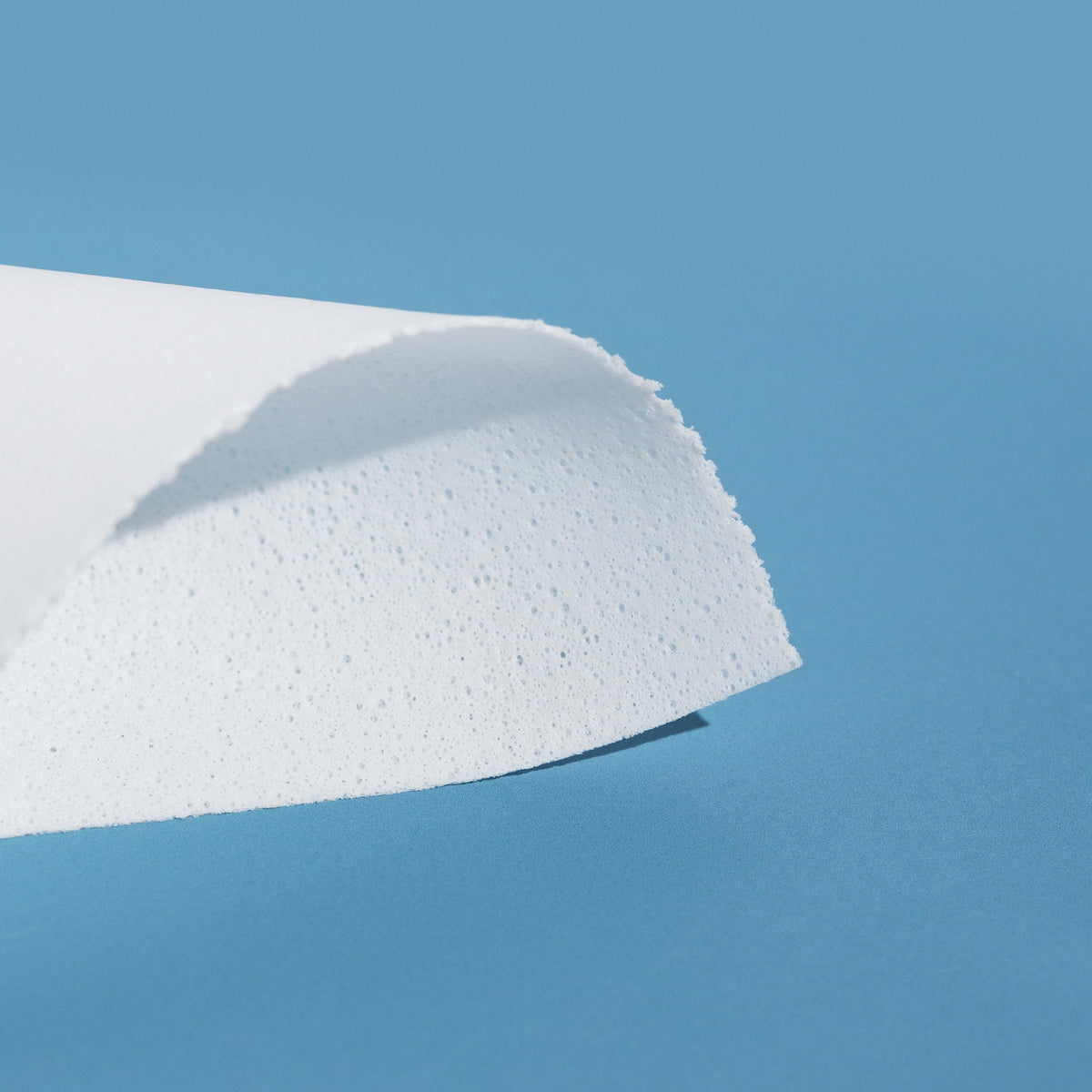Brazil’s Wind And Sun Overtake Fossil Fuels, Now Powers Over One-Third Of The Country’s Electricity
Brazil just logged a first. In August, wind and solar together generated 34% of the nation’s electricity, a monthly record of about 19 terawatt-hours—enough power for roughly 119 million homes, according to government data analyzed by Ember and reported by the Associated Press. Hydropower, usually dominant, slipped to 48% amid a four-year low in output. Fossil plants stayed muted at 14%, avoiding the drought-era spikes seen in 2021.
This is not a one-off blip. Analysts note the previous monthly high—18.6 TWh—came in September 2024. August cleared it, according to ET EnergyWorld.

Wind and solar generated 34% of Brazil’s electricity in August 2025.
A Grid Adapting to Drought and Demand
Brazil’s grid is learning to flex. When reservoirs thin, wind and solar now shoulder more load. That complementary pattern helped keep gas, coal, and oil from surging this year, SolarQuarter reports.
For an ocean nation with vast coastal cities, fewer fossil peaker hours can mean cleaner air and lower climate risk at the margins. Less carbon in the power sector is part of the climate buffer that coastal communities depend on.

The milestone marked the first time renewables surpassed one-third of total power.
How Brazil Got Here
The ramp has been swift. In 2019, solar supplied just over 1% of generation and wind 8.8%. By 2024, solar reached 9.6% and wind 15%, jointly supplying 24%—more than double their share five years earlier, per ET EnergyWorld. Power-sector emissions peaked in 2014 and fell 31% by 2024 even as demand climbed 22%.
Policy tailwinds matter too. Offshore wind incentives and wider pro-renewables directives are part of the picture, as Informed Comment explains. That outlet also cites grid operator estimates that wind and solar have recently neared 40%—evidence the trend is still rising.

That output powered roughly 119 million homes for a month.
The Next Test: Balancing and Cost
Experts see both momentum and risk. Ember’s Raul Miranda points to wind and solar easing pressure on hydro in dry years, the Associated Press reports. Brazil is shifting from a hydro-heavy past to three pillars: hydro, wind, and solar.
But market design and timing matter. Industry voices warn that subsidy structures can raise bills and invite thermal contracts to stabilize the grid when sun and wind dip, ET EnergyWorld reports. Storage, smarter dispatch, and careful auctions will decide whether fossil capacity creeps back or clean power keeps the lead.
For now, the signal is clear: Brazil’s wind and sun have moved from supporting roles to co-stars.





























































































































































































































































































































































